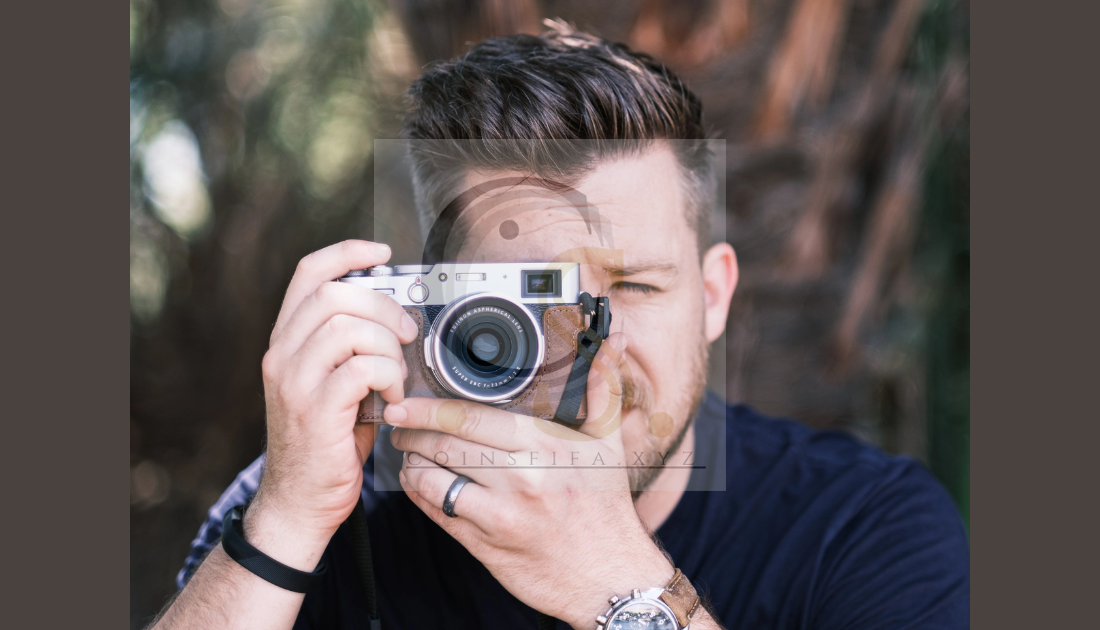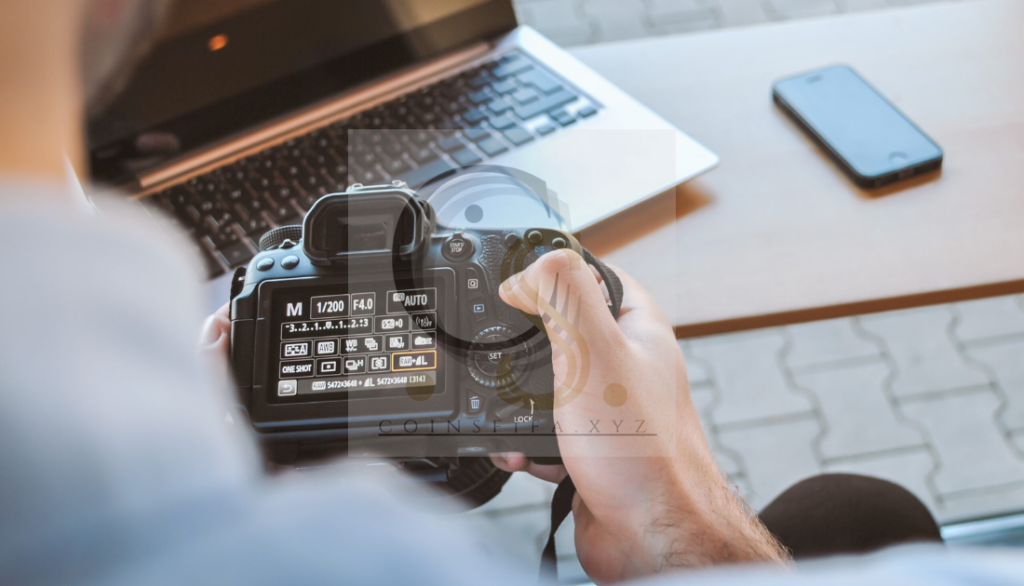Fujifilm cameras are renowned for their exceptional quality, classic designs, and advanced features that cater to both professionals and enthusiasts. However, to make the most of these cameras, understanding and mastering Fujifilm camera settings is essential. Whether you’re aiming for perfect exposure, stunning portraits, or cinematic effects, the right settings can transform your photography experience.
This guide explores the key Fujifilm camera settings, their applications, and how to optimize them for various scenarios. By the end, you’ll have the tools you need to capture breathtaking images with confidence.
Table of Contents
ToggleWhy Mastering Fujifilm Camera Settings Matters
Every great photograph begins with understanding your camera’s capabilities. Fujifilm cameras offer a wealth of customizable settings that allow photographers to express their creative vision. Here’s why mastering these settings is important:
1. Tailored Creativity
Fujifilm cameras provide manual controls and film simulation modes that let you customize your shots. By mastering the settings, you can achieve unique looks and styles.
2. Professional-Quality Results
Fine-tuning settings like ISO, shutter speed, and aperture ensures your photos are crisp, vibrant, and professionally composed.
3. Versatility Across Scenarios
From low-light conditions to fast-paced action shots, Fujifilm camera settings help you adapt quickly to any environment, ensuring optimal results.
Key Fujifilm Camera Settings to Explore
To get started, familiarize yourself with these essential settings and their functions. Each plays a crucial role in shaping your final image:
1. ISO Settings
ISO determines your camera’s sensitivity to light. Fujifilm cameras excel at producing clean images even at higher ISO values. Here’s how to use this setting:
- Low ISO (100-400): Ideal for bright conditions or studio photography, resulting in minimal noise.
- Medium ISO (800-1600): Perfect for indoor or low-light situations with minimal grain.
- High ISO (3200 and above): Useful for nighttime or fast-moving subjects but may introduce some noise.
For beginners, enabling Auto ISO is a great way to let the camera adjust sensitivity while maintaining control over other settings.
2. Aperture Priority (A Mode)
Aperture controls the depth of field in your images. Fujifilm cameras make adjusting aperture easy with their lens-mounted aperture rings. Use the following guidelines:
- Wide Aperture (f/1.4-f/4): Creates a shallow depth of field, ideal for portraits or macro shots.
- Narrow Aperture (f/8-f/16): Ensures sharpness across the entire frame, suitable for landscapes or architectural photography.
3. Shutter Speed Priority (S Mode)
Shutter speed controls how long the camera sensor is exposed to light. Fujifilm cameras allow for quick adjustments to capture motion effectively:
- Fast Shutter Speed (1/500s or faster): Freezes action, perfect for sports or wildlife photography.
- Slow Shutter Speed (1/30s or slower): Creates motion blur, great for artistic effects or capturing light trails.
4. Film Simulation Modes
Fujifilm’s iconic film simulation settings are a highlight of their cameras. These modes replicate classic Fujifilm film looks, adding depth and emotion to your photos. Popular options include:
- Provia (Standard): A balanced, true-to-life color profile for general photography.
- Velvia (Vivid): Enhances colors and contrast, ideal for landscapes.
- Classic Chrome: Muted tones and soft colors for a cinematic feel.
- Acros: A stunning monochrome setting with rich tonal gradations for black-and-white photography.
Experimenting with these modes can bring a unique character to your shots.
5. White Balance (WB)
White balance adjusts the color temperature of your images, ensuring accurate tones under different lighting conditions. Fujifilm cameras offer several options:
- Auto WB: Suitable for most scenarios, adjusting colors automatically.
- Daylight, Cloudy, Shade: Adjusts for outdoor lighting conditions.
- Custom WB: Allows precise control, ideal for mixed lighting environments.
6. Focus Modes
Fujifilm cameras feature advanced autofocus systems with multiple focus modes to suit different needs:
- Single Point AF: Best for precise focusing on stationary subjects.
- Zone AF: Tracks moving subjects, ideal for sports or wildlife.
- Wide/Tracking AF: Automatically selects the focus area, great for dynamic scenes.
For manual focus enthusiasts, Fujifilm’s focus peaking feature highlights the in-focus areas, ensuring accuracy.

Advanced Fujifilm Camera Settings for Enhanced Photography
Once you’ve mastered the basics, dive into these advanced settings to refine your photography skills:
1. Dynamic Range (DR)
Dynamic range settings help retain details in both shadows and highlights. Fujifilm cameras offer DR100, DR200, and DR400 options:
- DR100: Standard setting for balanced exposure.
- DR200 and DR400: Expands range for high-contrast scenes, preserving details in bright and dark areas.
2. Interval Timer Shooting
Ideal for time-lapse photography, this setting lets you capture a series of images at preset intervals. Adjust the interval and frame count based on your desired outcome.
3. Bracketing Modes
Fujifilm cameras provide multiple bracketing options, including exposure, white balance, and film simulation bracketing. These modes are perfect for HDR photography or exploring different creative styles.
4. Custom Settings Menu
Fujifilm cameras allow users to save custom profiles for quick access. Configure your favorite settings for specific scenarios and recall them instantly during a shoot.
Tips for Optimizing Fujifilm Camera Settings
To make the most of your Fujifilm camera, consider these tips:
1. Shoot in RAW for Flexibility
Shooting in RAW format retains maximum image data, allowing you to make adjustments in post-processing without compromising quality.
2. Leverage the Q Menu
Fujifilm’s Q Menu provides quick access to frequently used settings. Customize it based on your shooting style to save time during sessions.
3. Use the Electronic Viewfinder (EVF)
Fujifilm’s EVFs offer real-time previews of how settings will affect your shot. This feature is especially helpful for adjusting exposure and composition.
4. Practice with Simulations
Spend time experimenting with film simulation modes and dynamic range settings. Understanding how each mode affects your image will help you choose the best option for every scene.
5. Update Firmware Regularly
Fujifilm frequently releases firmware updates to enhance camera performance and introduce new features. Keeping your camera updated ensures optimal functionality.
Why Fujifilm Camera Settings Elevate Your Photography
Fujifilm’s commitment to innovation and user experience is evident in its camera settings. By offering manual controls, creative simulations, and advanced features, Fujifilm empowers photographers to push their creative boundaries. Whether you’re capturing vibrant landscapes, intimate portraits, or dynamic action shots, mastering Fujifilm camera settings is the key to unlocking your full potential.
Conclusion
Understanding and utilizing Fujifilm camera settings allows you to take your photography to the next level. From fine-tuning ISO and shutter speed to exploring film simulation modes, these settings provide endless possibilities for creativity and precision. With practice and experimentation, you can create stunning images that reflect your unique vision.
Whether you’re a seasoned professional or a passionate beginner, Fujifilm cameras offer the tools you need to excel. Embrace the power of Fujifilm camera settings, and watch your photography transform with every shot.

